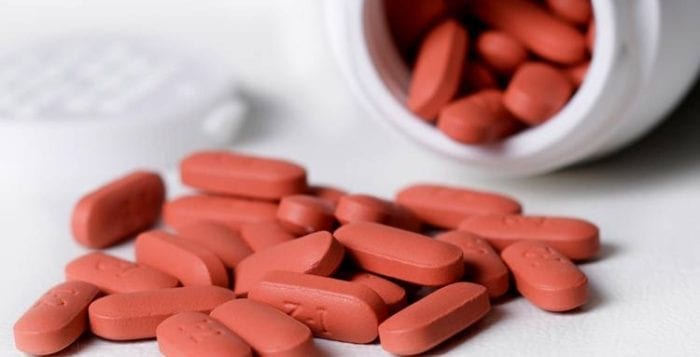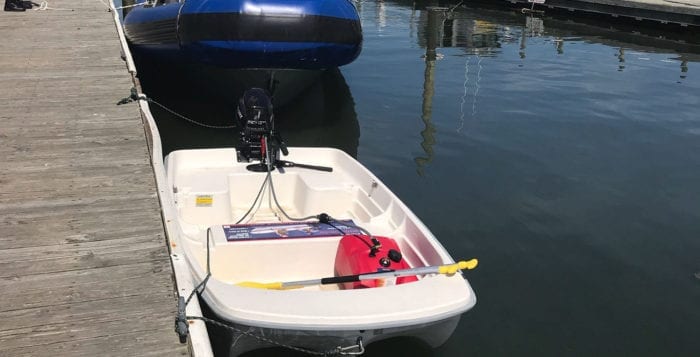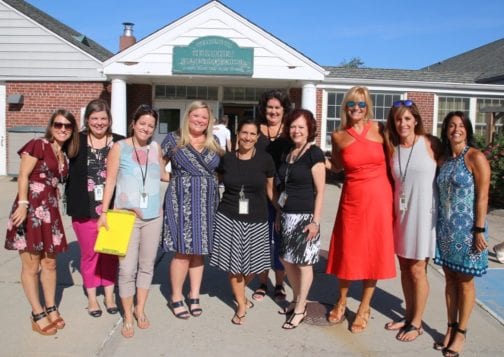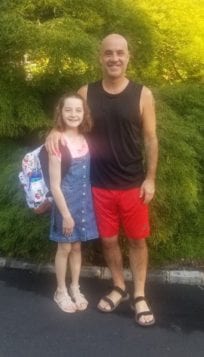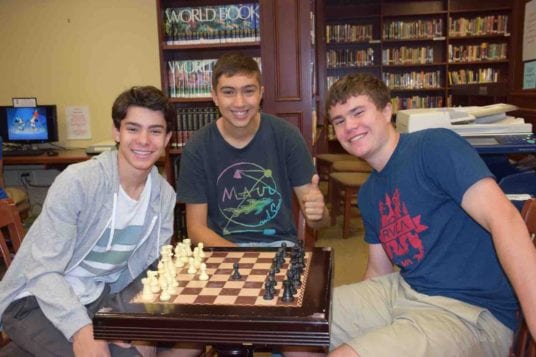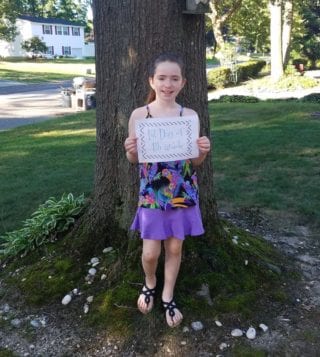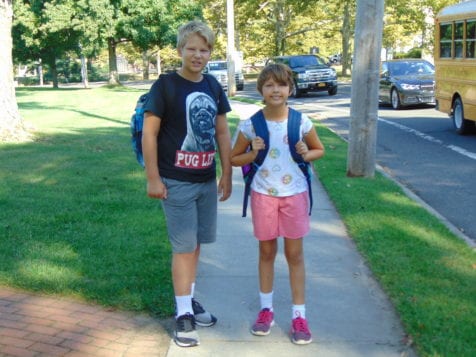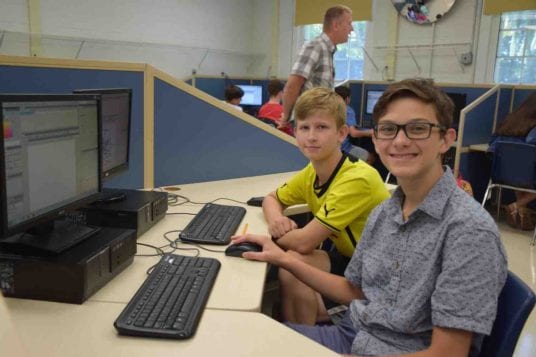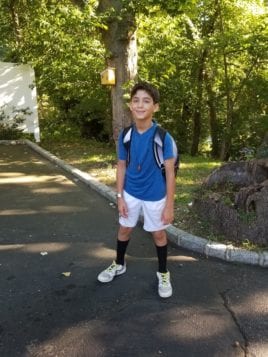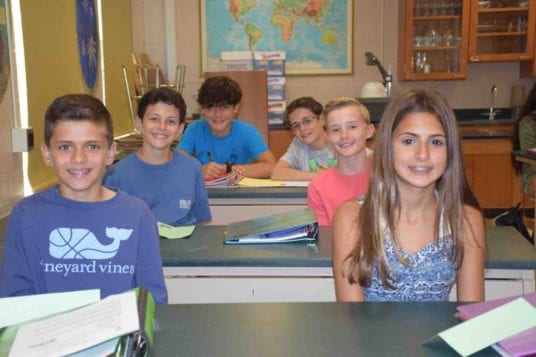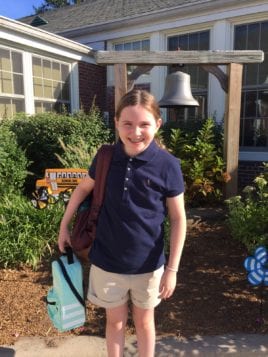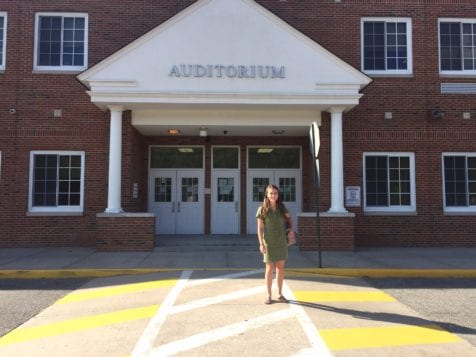By Daniel Dunaief
Thanks to the efforts of Stony Brook University School of Medicine’s Chief of Surgical Oncology Aaron Sasson and numerous doctors and researchers at Stony Brook, Long Island has its first National Pancreas Foundation Center.
A nonprofit organization, the National Pancreas Foundation goes through an extensive screening process to designate such centers around the country, recognizing those that focus on multidisciplinary treatment of pancreatic cancer. The NPF offers this distinction to those institutions that treat the whole patient and that offer some of the best outcomes and improved quality of life for people suffering with a disease who have an 8 percent survival rate five years after diagnosis.
Sasson appreciates the team effort at the medical school. “As opposed to one person leading this, there are many people here who are required to have an interest in pancreatic cancer,” he said. “We are not only looking to build a great infrastructure for the treatment of pancreatic cancer, but we’re also looking to build a team for research on pancreatic cancer.”
Sasson highlighted the research efforts led by Yusuf Hannun, the director of the Cancer Center at SBU, who has helped attract a “tremendous number of scientists” to engage in research into this disease.
The recognition by the NPF helps the university recruit physicians who are clinically interested in developing ways to improve the outcome for patients.
Pancreatic cancer presents particular challenges complicated by its biological aggressiveness, its difficulty to detect and by the many subtypes of this disease. “It’s similar to lung and breast cancer,” Sasson said. “There are many facets of those cancers. You can’t lump them all together.”
Researchers and clinicians are still trying to understand pancreatic cancer in greater detail. Once they have done that, they can advance to treating the possible subtypes.
Numerous researchers at SBU have developed collaborations with scientists at Cold Spring Harbor Laboratory. David Tuveson, the director of the National Cancer Institute-designated Cancer Center, has engaged in collaborations with SBU scientists in his work on organoids, which are model human organs grown in a lab. Scientists use organoids to test drugs and molecular pathways involved in pancreatic cancer.
Members of the Long Island community can take comfort in the continuing dedication of the numerous staff members committed to finding a cure. “Residents of Suffolk County and Long Island should be proud of what Stony Brook has been able to accomplish,” Sasson said.
Stony Brook University has been involved in several clinical efforts. The university developed a drug called CPI-613, for which Rafael Pharmaceuticals is in the early stage of clinical trials in combination with other drugs.
In early stages, the treatment increases the vulnerability of cancer cells to numerous other drugs. Newark, New Jersey-based Rafael Pharmaceuticals is testing this treatment in pancreatic cancer and in acute myeloid leukemia.
At SBU facilities, Sasson explained that researchers and clinicians are taking a multidisciplinary approach in their work. One study, he said, is exploring the effects of a kind of radiation therapy for a subpopulation of pancreatic cancer that combines expertise in radiology, gastroenterology, pathology and medical and surgical oncology.
Sasson himself is interested in screening and biomarkers. At least half of his work is related to pancreatic cancer. When he thinks about people who have battled pancreatic cancer, several patients come to mind. He had a patient who was about 80 at the time of his diagnosis. His primary doctor told him to get his affairs in order.
“We operated on him and he lived another six or seven years,” Sasson recalls. “He was grateful to see his grandchildren graduate and to see his great-grandbabies being born.”
While every patient is unlikely to have the same outcome, Sasson said surrendering to the disease and preparing for the inevitable may not be the only option, as there may be other courses of action.
Another patient had advanced pancreatic cancer for 18 months before Sasson met her. She had received no treatment and yet the cancer didn’t progress, which is “almost unheard of and unbelievable.” In fact, the case defied medical expectations so dramatically that the doctors conducted two more biopsies to confirm that she had pancreatic cancer. “She did well for many years despite having advanced pancreatic cancer.”
In another case, a patient was receiving surveillance for lung cancer every three months. In between those visits, he had developed metastatic pancreatic cancer. This patient example and the previous one show the range of cancer progression.
The value of having an integrated clinical and research program is that scientists can look for subtle clues and signals amid the reality of cancer with a wide range of outcomes. Indeed, scientists attend the weekly tumor board meeting, so they can learn about the clinical aspects of the disease. Doctors also attend research collaborations so they can hear about developments in the lab.
Rather than dictating how researchers and clinicians should collaborate, Sasson hopes to facilitate an environment that sparks these partnerships.
Sasson joined Stony Brook Medical School almost three years ago. He said he is “impressed with the caliber of physicians.” It took time to get the critical mass and organization for pancreatic cancer to match the number of basic science investigators.
“I’m hopeful for the progress we’ll be able to make to treat this terrible disease,” he said.



